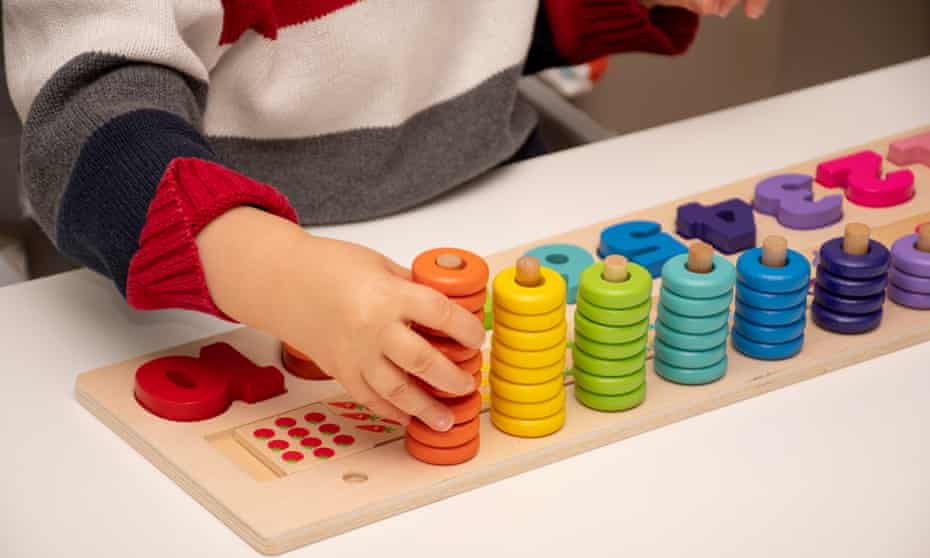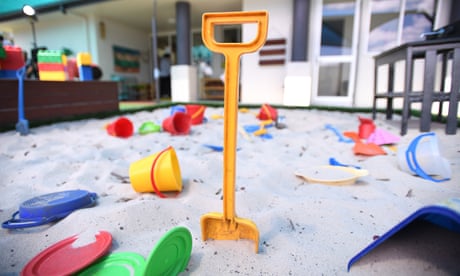Extract from The Guardian
Report also shows women’s participation in workforce lower in areas where children outnumber available places by 3:1 or more.

Tue 22 Mar 2022 07.00 AEDT
Last modified on Tue 22 Mar 2022 07.02 AEDTLike many places in regional New South Wales, Bourke, where Greem and her family live, had been crying out for healthcare workers. But even those who lived there were struggling to take up the shifts they wanted.
“I’ve cut back work to two days a week because I can’t get childcare for the extra hours,” Greem told Guardian Australia. “And I had to go on a workplace agreement that is really hard to get, that has set hours. They only agreed to that for a three-month period and they might be able to say at the end of that that it doesn’t suit them. If that happens, I might have to quit.”

Greem is one of approximately 9 million Australians living in a childcare “desert”, where available places outnumber children under five by 3:1 or more, according to a new report.
The research, conducted by the Mitchell Institute at Victoria University, found that 35.2% of the Australian population lives in one of these “deserts”, with a distinct correlation between wealth and childcare availability and cost.
The report comes as research shows that lack of access to childcare costs women earning the median wage about $118,000 in superannuation over their lifetime.
“Where you live matters when it comes to childcare,” said Peter Hurley, the lead author of the report, Deserts and Oases: How accessible is childcare in Australia?
“We know how important socioeconomic factors are in influencing education outcomes. When it comes to childcare, though, none of that knowledge is applied.”
While in the major cities there were few places without any childcare whatsoever, accessibility became patchier further out, the report showed. The researchers found about 28.8% of people living in the major cities were in a childcare desert, while the cost rose in wealthier areas.
Outside the major cities, centres became more scarce, with 44.6% of those living in regional areas and 85.3% of people in remote Australia living in childcare deserts.
In some places, the number of children under four vastly exceeded availability. In the Loddon Elmore region of Victoria, for example, there were 34 children under four for every childcare place.
In NSW, things were worst in the Broken Hill region, where nearly eight children were vying for each childcare place.
In Bourke, where Greem lives, there were 4.41 children under four for every childcare place.
South Canberra was the only region in which there were slightly more places than children, at 0.86 children per place.
Women’s participation in the workforce was lower in areas where people had less access to childcare, the report said.
It wasn’t clear from the available data whether the key factor was a lack of childcare options, or whether women were choosing to stay at home with their young children thus creating a lack of demand, the report said. It urged further research to better understand how childcare access was influencing women’s participation in the workforce.
Other research from Industry Super Australia, released on Monday, showed women would be better off in retirement if subsidies were increased to make childcare more affordable.
ISA said the move would help close the superannuation gap between men and women, the latter of whom retire with an average of a third less super than men, because of time spent out of the workforce with children.
No comments:
Post a Comment